To accelerate the growth of a business, you have to invest in enterprise software to simplify the routine and repetitive chores. The right enterprise software will foster employee productivity and boost organizational agility. To build the right tech stanch optimal for business goals, you begin with deciding between buy and build. The building approach vs. the buying approach narrows down to the following:
- Build customer software to address immediate needs without subtracting or adding anything.
- Buy a commercial SaaS or off-the-shelf software that instantly solves the commonly prevalent business issues.
- Here you will get all major parameters to answer your question if you decide to buy or build software.
An enterprise software
It’s software that a business uses internally to solve daily problems. It serves the organizational needs rather than client or customer needs.
An example is a CRM, an inventory management system, an HR management system, or a product information management system.
Enterprise commercial off the shelf software (COTS)
SaaS or COTS is a ready-made software solving common business issues instantly. COTS has defined features that cover the needs of its targeted audience. It gets customized to a limited extent.
Enterprise custom software
It’s a bespoke or tailor-made software built from scratch and solves specific business problems.
Buy checklist or 10-point build
Here are the important parameters that can aid in making an informed decision between buying and building.
-
Common problems vs. unique problems
Unique problem: build
You build software from nothing when the solution or problem is unique. For example, basecamp initially was a web design firm that depended on emails for collaboration and communication. It didn’t work well for long-term projects. Several COTS solutions got done but didn’t serve their needs well. They then decided to build their project management system. The product’s internal success led the team to launch the basecamp and later SaaS.
Questions to inquest while deciding to build software:
Is your problem urgent and needs solutions immediately?
Do you have any unique problems that your business is facing?
Is the problem critically affecting your business?
Common problem: buy
When businesses solve a common recurrent problem, choose the commercially available software. For instance, Salesforce is commercial software available that aids them in managing client relationships. The CRM software handles common problems like contact and leads management for the clients. A business needs to pay the monthly or annual subscription fee to have Salesforce.
Questions to have when deciding between the diverse COTS solutions:
Which software are your competitors using?
What are the best software options available to solve problems?
What are the diverse pricing plan options available?
Are COTS features satisfying the functional and business requirements?
Does overall pricing or product plan fit the business size?
Buying vs. building: which one is the best?
When should you build?
Build only when the problem is unique. You can also build a novel, out-of-the-box solution to an existing issue.
A long-term business plan involves monetizing the software.
The issue and the solutions contribute to the business secret sauce.
When should you buy it?
The common problem and software are available.
The available vendors can attain the requirements of up to 80%
The pricing plan features to promote business size.
The total cost of ownership (TCO)
TCO for building
The drivers cost to calculate TCO of bespoke software includes:
Staffing
The cost of the outsourced or in-house team.
Software size
Having more user interfaces leads to higher COTS.
Complexity
The cost increases when the software needs get complicated.
MVP Development
The COTS for building minimum viable products.
Feature count
Many features lead to higher custom software development COTS.
UX/UI design
The chosen design cost types include redesign COTS.
Data migration
The data migration COTS from old software to newly developed software.
API Capability
The need for integration with different software will increase the development of COTS.
Licensing
The cost to use, access, and own software.
Cybersecurity
The security systems and building firewall COTS for custom software.
Cloud infrastructure
Software deployment COTS on the cloud for easy access at any time.
Maintenance
COTS for fixing bugs, bringing new features, and upgrading the software.
TCO for Buy
The cost drives for calculation of TCO of off-shelf software are:
Rent
The bi-annual, yearly, or monthly subscriptions paid to use the software. SaaS providers set the price per user basis that scales with increasing users.
Upfront licensing COTS
One-time COTS to maintain and use the software.
Data migration
The data migration COTS from the rented and the old software.
Training
The training COTS for the workforce to use the software.
API Integration
Enabling API integrations COTS and can be paid for each integration.
Customization
COTS to tailor the software to tackle the ideal business needs.
Buy and build: what’s the best option?
When to build
The company has funds to help full-scale custom software development
Scaling operations is business strength as aggregate maintenance COTS of software reduces with economies of scale.
A foolproof plan that manages cost overruns.
When to build
When the SaaS product has a low market risk.
If it’s reasonable to pay expensively for the licensing fee, that can likely increase with scaling.
There are viable options available in the market that solve real business issues.
API (Application programming interface)
API interface enables communication in two applications and the exchange of data.
Build for the PAI first approach
A business that supports legacy software will invest in the new software that can smoothly integrate. Available COTS solutions fail to implement API integrations to help merge data between modern software and legacy.
But when you have pre-designed APIs
In identifying COST products, requesting FAQs and demo sessions with sales teams is important. The direct contacts are easy to communicate and put API-related queries upfront. They include:
The type of API integrations supported.
Can the API legacy function with legacy software?
Do you have any case studies or seen work that relates to smooth integrations?
If answers are good enough, buying COTS is a better choice. On the contrary, if integrations aren’t in the SaaS provider’s capacity, opting to build is the recommended option.
Buy vs. Build
When to build
When off-the-shelf software can’t support API.
Manual integration COTS is high, and there is a roadmap for implementation.
UPI development customized API needed.
When to buy
COTS software has foolproof plans to manage the security.
The team is accessible to create and enable them on its weekend.
API integration with all traditional systems is possible or customizable
Opportunity cost
It’s the loss of economic benefits when you choose alternatives over others.
The build opportunity cost
The software can be high mostly when development teams’ time can get better spent on other issues like managing operations, research, development, and client support.
You will minimize the opportunity cost while building software if you outsource software development.
The buy opportunity cost
The opportunity cost to buy old software is low. Your workforce can access the best off-the-shelf software meeting functional and business needs. Your IT teams can use their time and funds to ship codes faster while managing codes delivery, integration, and deployment.
If your business is product-based, the main business activity is managing and building software. In such a scenario, building software becomes Hobson’s choice.
Competitive advantage vs. the competitive parity
The Competitive advantage is when a business invests in software that permits leapfrogging competition. Competitive parity is when a business invests in software that provides the same as to what competitors can get.
The advantage of building to target competition
A software build improves main activities’ performance to attain a competitive advantage. A secret to unlocking differentiation comes from investing a custom software in solidifying the USP.
Buying to attain competitive parity
It’s advisable to invest in a COTS solution to attain competitive parity. The aim is to copy competitors’ tech stack to win the deals. Competitive parity has higher chances of leading vendor lock-ins, resulting in operational and migration COTS.
Scalability
A business can manage growing sales if all resources needed are available.
When a big scale company invests in any software, it should be ready to adopt the changing needs maintaining the performance.
Scalability
No business prefers tradeoff scalability for all cost savings. Scalability is a virtue when entrenched across organizations of all sizes. The shortlisted COTS solutions offer scalability, and its building should be an option to go for.
Unscalable
For off-the-shelf software that isn’t scalable, vendors can promise to meet the company’s needs via SLOs or SLAs to attain customizations. Vendors meddle a software architecture and codes, availability, performance, and upgrading capacity to have a bucket and cause technical debut to grow.
For more information, feel free to contact software development company and get a free quote today!
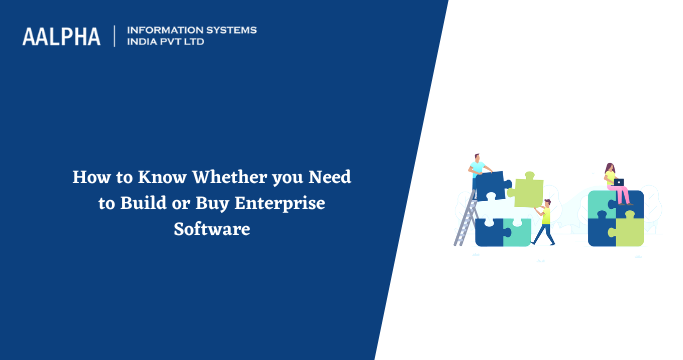
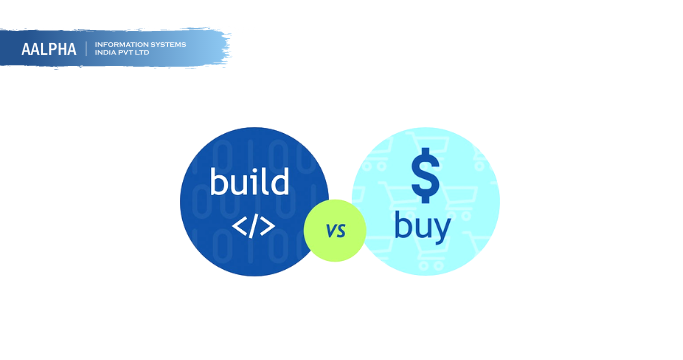
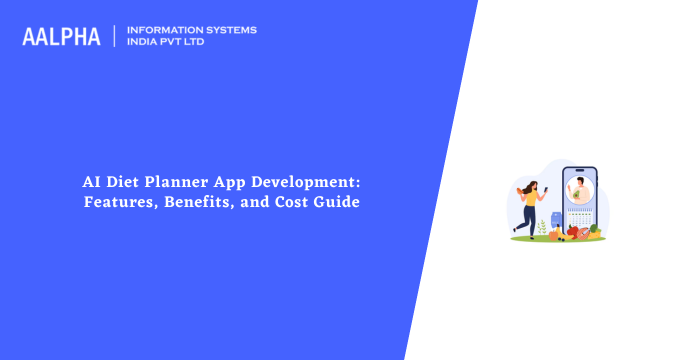
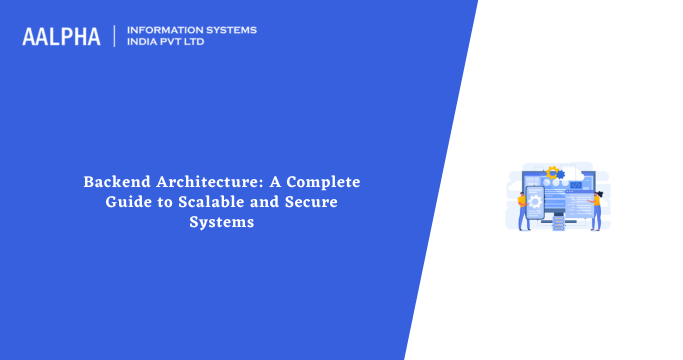
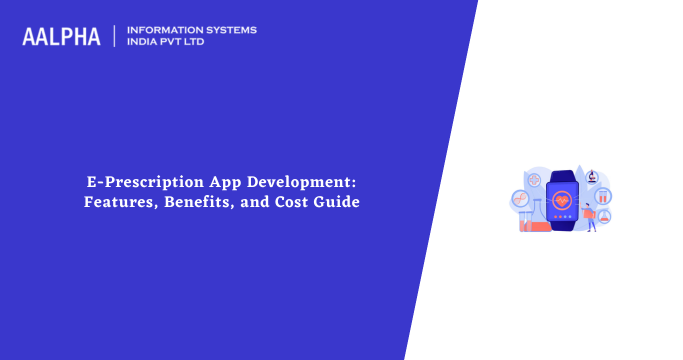
Share This Article:
Written by:
Muzammil K
Muzammil K is the Marketing Manager at Aalpha Information Systems, where he leads marketing efforts to drive business growth. With a passion for marketing strategy and a commitment to results, he's dedicated to helping the company succeed in the ever-changing digital landscape.
Muzammil K is the Marketing Manager at Aalpha Information Systems, where he leads marketing efforts to drive business growth. With a passion for marketing strategy and a commitment to results, he's dedicated to helping the company succeed in the ever-changing digital landscape.